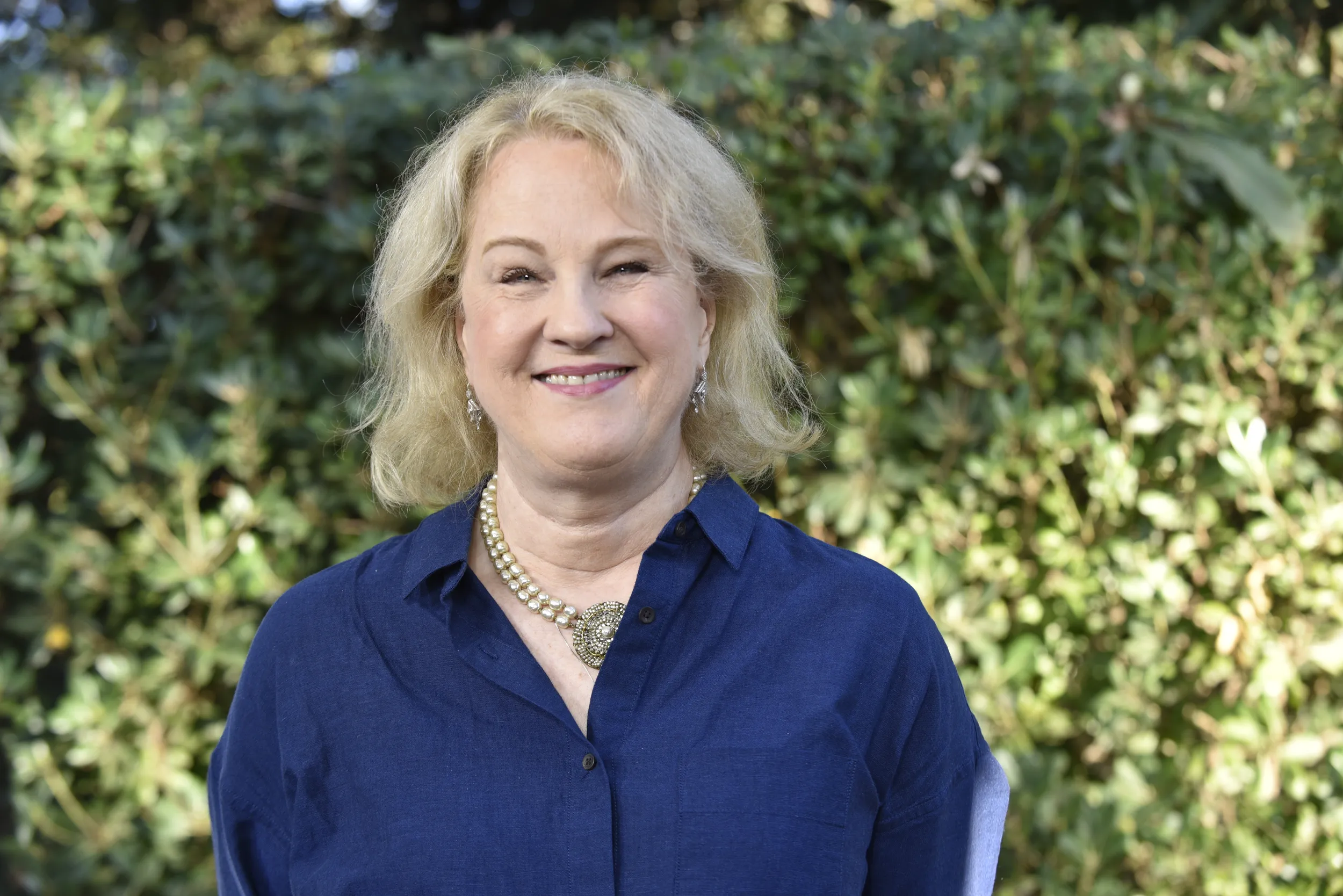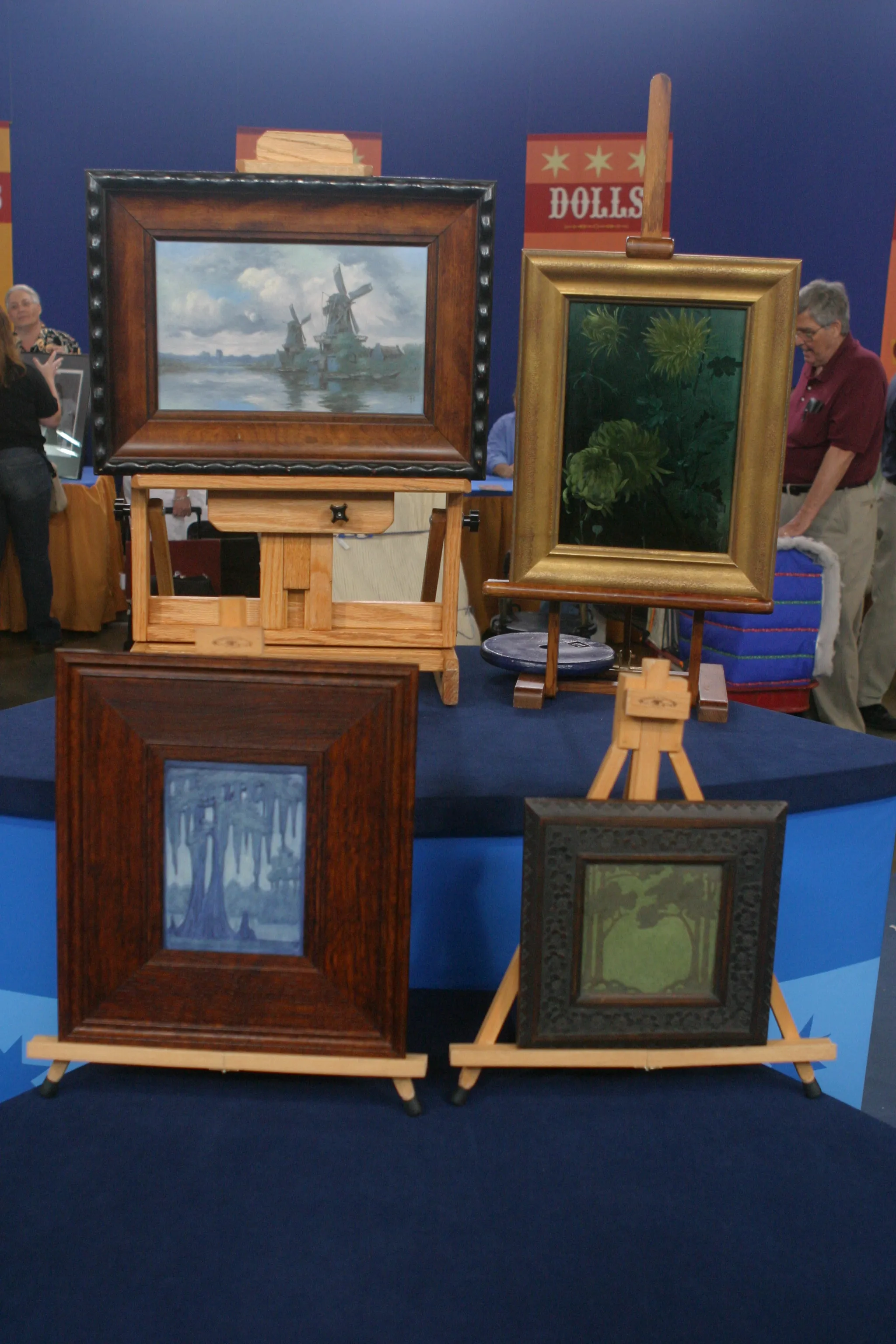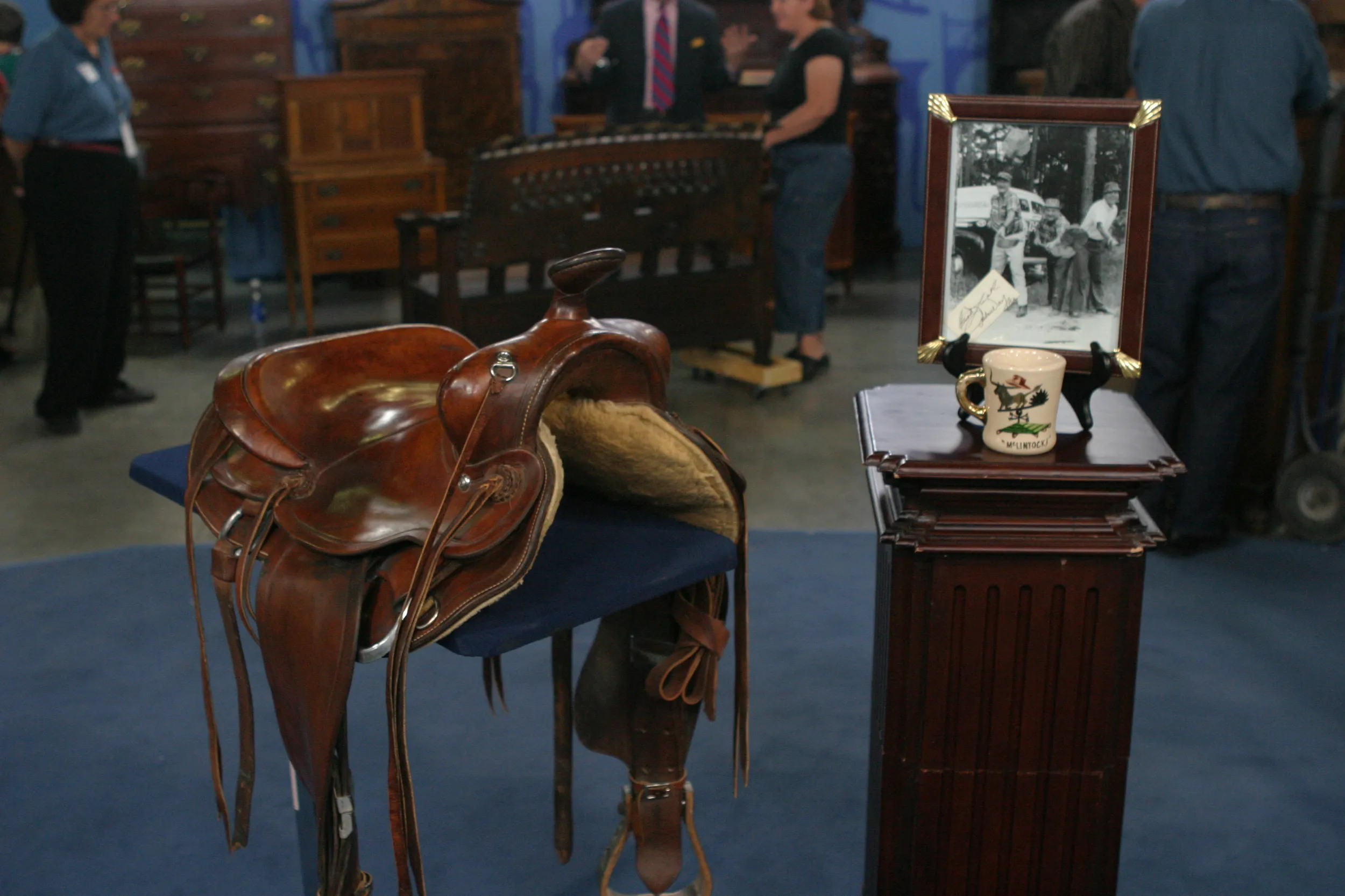GUEST: I have a number of Andrew Wyeth signed prints, but I've always wanted to have an original painting. And I started looking in earnest when I'd saved enough money, in 1985, and I had a dealer reach me, and he said that he had this painting, it's called "The Trammel," and he quoted a price to me. And I said I'd think about it, and I then called another dealer that I knew dealt in Andrew Wyeth to determine if the value, or what he had offered, was a reasonable price. And the other dealer said, "Why, that so-and-so!" He said, "He doesn't own that picture. I have it hanging in my house." And he said, "I offered it to him," and he was only going to offer it to a specific client-- which wasn't me-- and so he said, "I wouldn't sell it to him for anything." He said, "Would you like to buy it? "I'll give you the same wholesale price I was going to give him." And I couldn't turn that down.
APPRAISER: And what was that wholesale price?
GUEST: $75,000.
APPRAISER: Well, Andrew Wyeth, as you know, is a major figure in the world of American paintings. He was born in 1917 in Chadds Ford, and he just died this past January in Chadds Ford. He worked primarily in Pennsylvania and Maine, and he was a realist all his life, even when everyone else in the art world was going crazy over abstract expressionism. And his first show in 1937 was a sellout. So he became popular early on in his career. You can see it is signed "Andrew Wyeth" here in the lower left. And the work dates from 1985, the same year that you bought it. What I love about this picture is that it really shows how Andrew Wyeth is a master of watercolor painting, which is not an easy medium in which to work. You can see here that he's used the unpainted parts of this white paper to incorporate it into the composition as the reflection from the window. And here you see it as the leather on the boot. And the other thing I can really appreciate is when I look at this fur hat, I can really imagine what that must feel like. He does such a good depiction of different textures, and his love for old objects. You had a good explanation for what a trammel was.
GUEST: Well, a trammel, as they explained to me, is sort of a hanger that they put on the fire iron and hang cooking pots on it so they can cook in the fire.
APPRAISER: And he's converted it into, you might call it, a hat rack. Now, there's something else about this picture on the reverse.
GUEST: I was told that there was a painting on the back of this picture. And the only thing I had depicting that was a fax black-and-white copy of what it is. I was immediately tempted to reframe the picture, and the dealer that sold it to me suggested I don't do that, because, he said, Andrew Wyeth had framed this picture himself. And so I never have seen the back of it in person.
APPRAISER: Well, I think as the owner of this work, you are entitled to see the reverse of the painting and see firsthand what that sketch on the back looks like rather than rely on a bad fax image. And the fact that Andrew Wyeth framed this I think is important, but as long as you keep it in the frame after you unframe it, then you will honor his contribution to the framing. But I think it's absolutely fine if you take it out of the frame so you can see the reverse, and it will not affect the value.
GUEST: I appreciate that information, and it's a very tempting idea.
APPRAISER: People often assume that when an artist dies, his work will automatically go up in value, so I think we're really kind of in a waiting period to see what's really going to happen with his market. This is a very nice example of his work, and I think you would be fine at insuring the work at $450,000.
GUEST: Wow! That is a nice price.
APPRAISER: Is that a real wow?
GUEST: That's a real wow! And I might throw in, "Are you kidding?" Which is what people oftentimes say. But it's nice to know that that's what's happening to that painting. Thank you very much, Nan.
APPRAISER: And it's great to see a great 20th-century work of art at the Roadshow. It's unusual.







